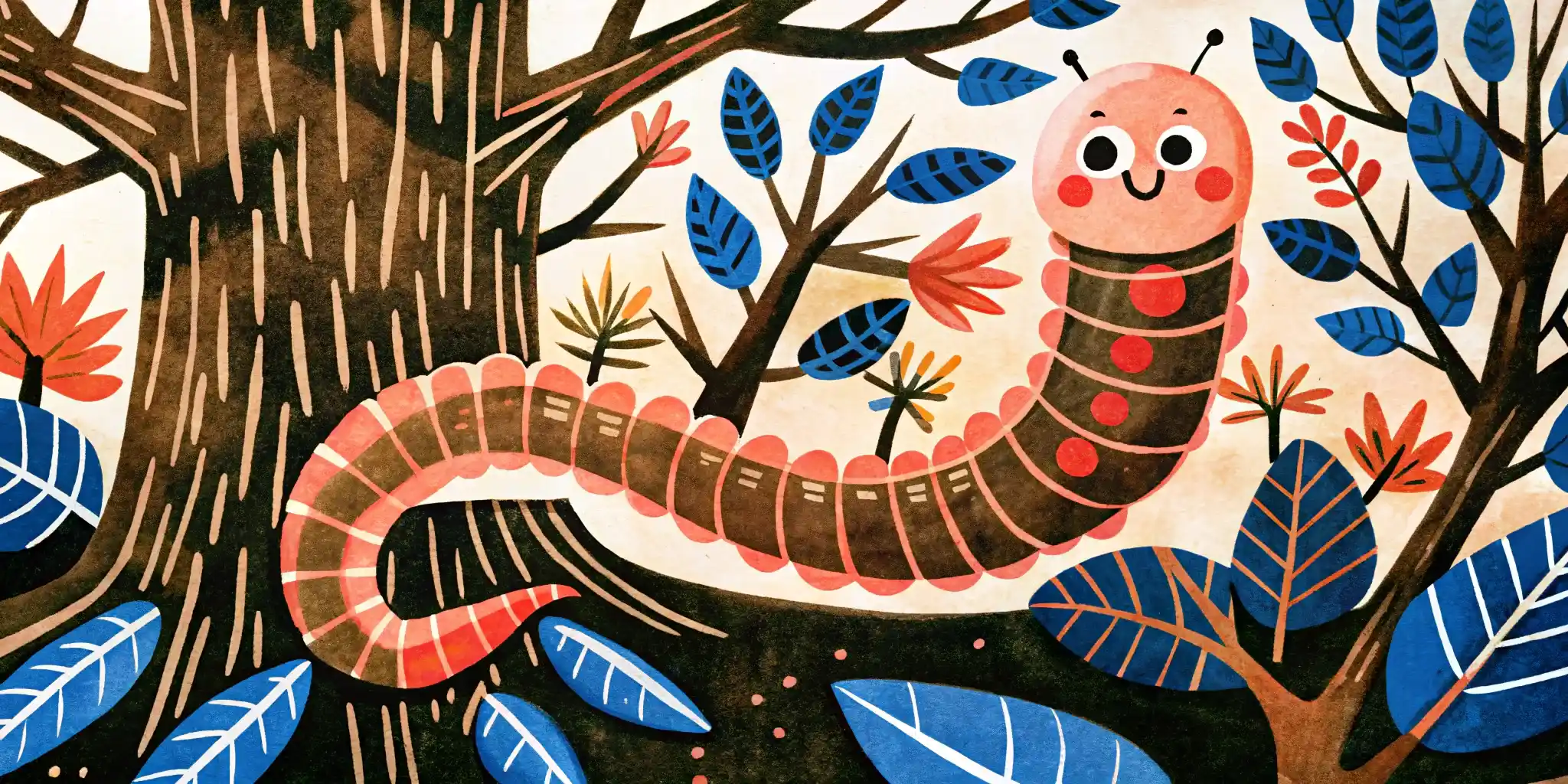Protecting Trees from Sicknesses and Pests
Growing a healthy and fruitful garden is not only about planting trees but also about taking care of them all the time.
One of the most important parts of this care is protecting them from sicknesses and pests, which seems like a very big job for many gardeners, especially for new ones.
However, as experienced people say, the best protection is to be ready and use an iPhone plant identifier.
The right choice of young trees, following the rules for growing, giving the right food, pruning at the right time, and watering well are all things that create a base for healthy growth.

Common Sicknesses of Fruit Trees
Sicknesses caused by fungi, bacteria, and viruses can hurt trees a lot, making them give less fruit and even causing them to die.
For this, you can use your own knowledge and also new technology, for example, apps for iPhone that help to find plant sicknesses with a picture.
App Name | Features |
AI Plant Finder |
|
Plantix |
|
PictureThis |
|
Powdery Mildew (Sphaerotheca mors-uvae)
This is a fungal sickness that hurts apple trees, pear trees, cherry trees, peach trees, and other plants.
Signs: A white, dusty cover appears on young leaves, branches, and flowers. Over time, the cover becomes thicker and gray, and the leaves start to curl up, dry out, and fall off. The fruits that are sick get cracks like a net.
Ways to fight:
Being ready: In spring, before the buds open, treat the trees with a 3% solution of copper sulfate or Bordeaux mixture.
Fixing the problem: Use fungicides like "Topaz" or "Skor." You should spray several times: before the flowers open, after the flowers open, and 2-3 more times after 10-14 days.
Scab (Venturia inaequalis)
Signs: On the leaves, dark green or olive-brown spots appear. Later they crack, and the leaves dry out. On the fruits, dark, rough spots appear, which crack over time.
Ways to fight:
Being ready: Always clean up fallen leaves and bad fruits, because the fungus lives in them in the winter.
In the spring, spray the trees with urea (700 g for 10 liters of water) before the buds open.
Fixing the problem: Use fungicides "Horus" or "Strobi." The first time you spray is when the buds begin to open, the second time is before the flowers open, and the third time is after the flowers open.
Moniliosis (Monilinia fructigena)
This sickness mostly hurts stone-fruit trees like cherry, plum, apricot and seed-fruit trees like apple, pear.
Signs: This sickness has two forms:
Fruit rot: Brown spots appear on the fruits, which get bigger fast and get covered with pads of spores.
Monilial burn: Branches and flowers suddenly become weak, turn dark as if they were burned by fire, but they do not fall from the tree.
Ways to fight:
Being ready: Cut and burn the sick branches and dry fruits on time. In spring, spray with Bordeaux mixture.
Fixing the problem: Use products "Skor" or "Horus." You should spray at the start of the flowers' opening and after it.
Common Pests of Fruit Trees
Insect pests can hurt trees just as much as sicknesses, especially if there are a lot of them.
Aphids
These small insect pests drink the juice from young branches and leaves.
Signs: The leaves curl up, change their shape, and get covered in a sticky liquid. On young branches, you can see groups of small insects. Aphids make a sweet liquid that ants like, and the ants often help the aphids spread.
Ways to fight:
Eco-friendly: Spraying with soapy water, or a mix from garlic or celandine. Bringing in ladybugs and lacewings, which are natural enemies of aphids.
Chemicals: If there are too many, use insecticides like "Aktellik" or "Iskra."
Codling Moth
The worms go inside the fruits and hurt them from the inside.
Signs: Small holes appear on the fruits with drops of sap coming out, you can see the worm's path inside the fruit.
Ways to fight:
Eco-friendly: Put special belts on the tree trunks to catch them. Pick and throw away the sick fruits.
Chemicals: Spray with insecticides "Decis" or "Kinmix" during the time when the moth butterflies fly a lot.
Bark Beetle
These beetles make holes under the tree's bark, which stops the tree from getting food and can cause it to die.
Signs: Small holes can be seen on the trunk and branches, and sap comes out of them.
Under the bark, you can see brown wood powder.
Ways to fight:
Being ready: Cut and burn the sick branches on time, and take away old, sick trees.
Fixing the problem: If there are too many, use insecticides that are put into the holes.

Eco-Friendly Ways to Protect: Without Chemicals
More and more gardeners are not using chemical products and are choosing safer and more eco-friendly ways.
Bio-preparations
These are products made from living things, like bacteria, fungi, or viruses, that kill pests without hurting the environment.
"Fitosporin": A biological fungicide that protects from many fungal and bacterial sicknesses.
"Bitoksibatsillin" and "Lepidotsid": Products made from bacteria that are good at fighting worms.
Teas and Infusions
Many plants have things in them that kill insects and fungi.
Garlic infusion: A very good way to fight aphids, mites, and many fungal sicknesses.
Celandine infusion: It works well against aphids and other pests.
Soapy water: It helps to wash the aphids from the leaves.
Bringing in Useful Insects and Birds
Making good conditions in your garden for the natural enemies of pests is one of the best and longest-lasting ways to protect.
Ladybugs and lacewings: They eat aphids and other small pests. You can buy their babies from special stores.
Birds: Chickadees, sparrows, and starlings eat a lot of worms and larvae. Putting up birdhouses, bird feeders, and water places will help to bring them to your garden.
Conclusion
Protecting a garden is not just about fighting a problem that has already started, but a full set of actions.
Start with being ready: Choose types of trees that can fight sicknesses, take care of your trees in the right way, change where you plant things, cut your trees at the right time, and give them food.
Look often: Look at your garden every day, especially when things are growing fast.
A full plan: Mix different ways to fight.
For example, use bio-preparations to be ready, and if there is a big problem, use eco-friendly homemade ways — save chemical products for the very last cases.
Scopri anche:
In a world filled with mass-produced items and generic designs, there is a growing appreciation for unique creations that evoke a sense of creativity and imagination. Creazioni Uniche, which translate...
Discover the latest trends in handmade fashion accessories with Handmade Treasures. Explore how sustainable materials, personalized designs, and timeless craftsmanship are transforming fashion. Embrac...
Looking for the best device tracker? Discover expert tips, top use cases, and why Number Tracker is the versatile, reliable choice for families, seniors, travelers, and groups....
© 2024 Handmade Treasures
All rights reserved.
Our Partners:
Free phone number tracker


